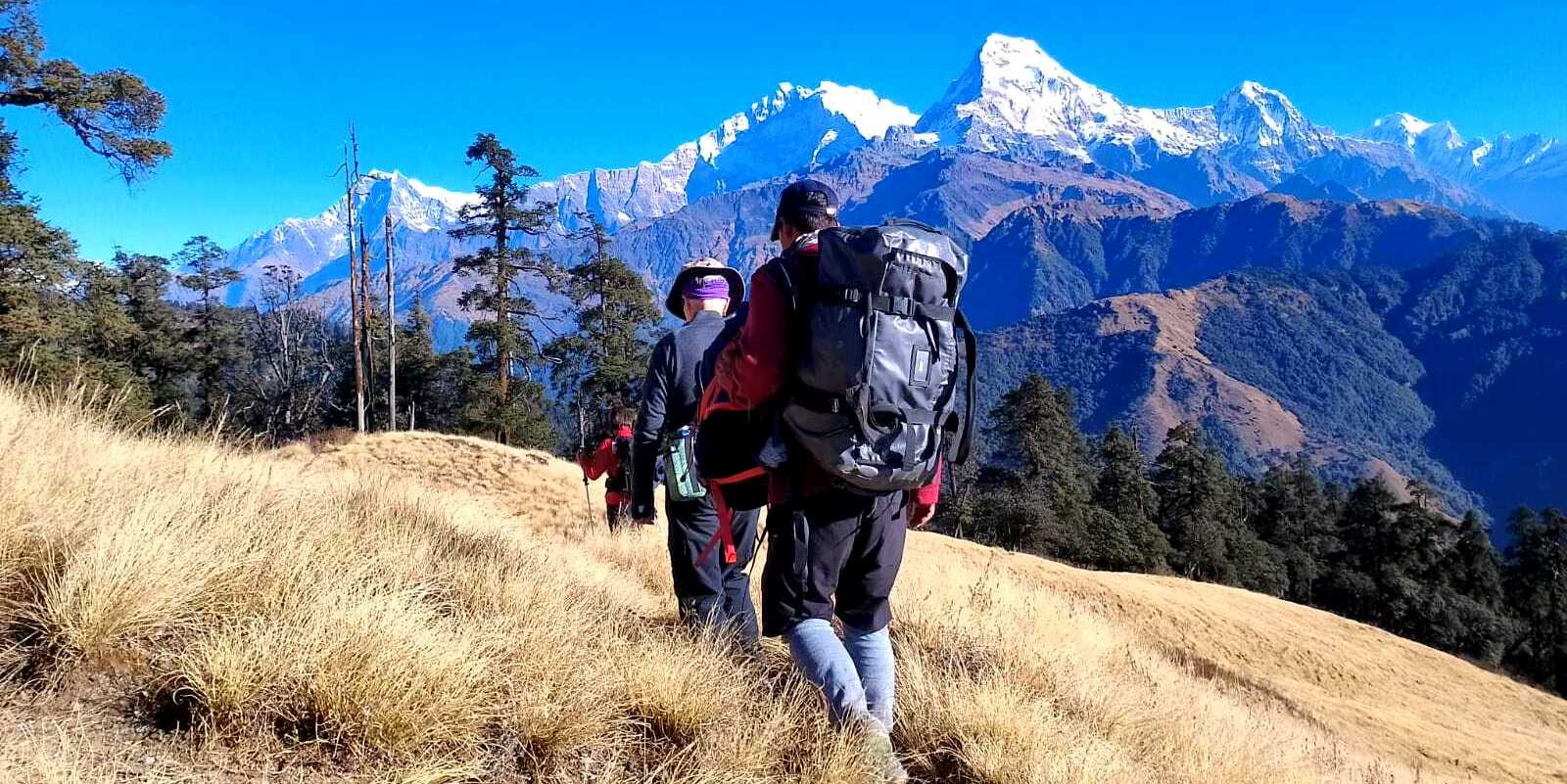Why is trekking insurance essential in Nepal?
Trekking in Nepal isn't just a walk in the park. It involves navigating through rugged terrain, dealing with unpredictable weather, and the potential risks associated with high altitude. That's where high-altitude trekking insurance comes into play. It's not just a safety net; it's a necessity.
High-Altitude Trekking Insurance
High-Altitude Trekking Insurance is a specialised type of insurance designed for trekkers and climbers who are venturing into high-altitude destinations, such as many of the treks in the Himalayas of Nepal. This insurance is essential due to the unique risks associated with high-altitude trekking, which standard travel insurance policies may not adequately cover. Here are key aspects of high-altitude trekking insurance:
Key Features of High-Altitude Trekking Insurance
- Altitude Coverage: Regular travel insurance often has altitude limits, usually around 2,000 to 3,000 metres. High Altitude Trekking Insurance, however, covers much higher elevations, often up to 6,000 metres or more, which is crucial for treks in Nepal like Everest Base Camp or Annapurna Circuit.
-
Coverage for Altitude Sickness: Altitude sickness, or acute mountain sickness (AMS), can range from mild symptoms to life-threatening conditions such as high-altitude pulmonary edoema (HAPE) or high-altitude cerebral edoema (HACE). This insurance covers medical treatment for altitude sickness.
-
Emergency Evacuation and Rescue: One of the most critical aspects of this insurance is the coverage for emergency evacuation, including helicopter rescue, which is often the only way to quickly access medical care in remote mountain areas.
-
Medical Expenses: This covers medical and hospitalisation expenses due to illness or injury during the trek. This is especially important as healthcare in remote areas can be limited, and evacuating to a well-equipped facility can be costly.
-
Repatriation: If necessary, this covers the cost of returning you to your home country for further medical treatment.
Importance of High-Altitude Trekking Insurance
-
Safety and Financial Security: Treks at high altitudes come with inherent risks. This insurance ensures that trekkers can receive the necessary medical attention without the burden of exorbitant costs.
-
Peace of Mind: Knowing you’re covered for various high-altitude risks allows you to focus on and enjoy your trekking experience.
-
Regulatory Compliance: Some trekking permits, especially for higher altitudes, require proof of adequate insurance.
Things to Consider
-
Specific Altitude Limit: Ensure the insurance covers the specific altitudes you will be trekking at.
-
Inclusions and Exclusions: Understand what is included in the coverage and, importantly, what is not.
-
Rescue and Evacuation Procedures: Know the process for initiating a rescue or evacuation claim. In some cases, the insurer must pre-approve these actions.
-
Validity and Duration: The insurance should be valid for the entire duration of your trek.
Medical and Emergency Evacuation Insurance
Medical and emergency evacuation Insurance is a critical type of insurance for travellers, especially those venturing into remote or high-risk areas like the trekking routes in Nepal. This insurance plays a vital role in ensuring the safety and financial protection of trekkers in the event of medical emergencies or the need for urgent evacuation. Here’s an overview of what this insurance typically covers:
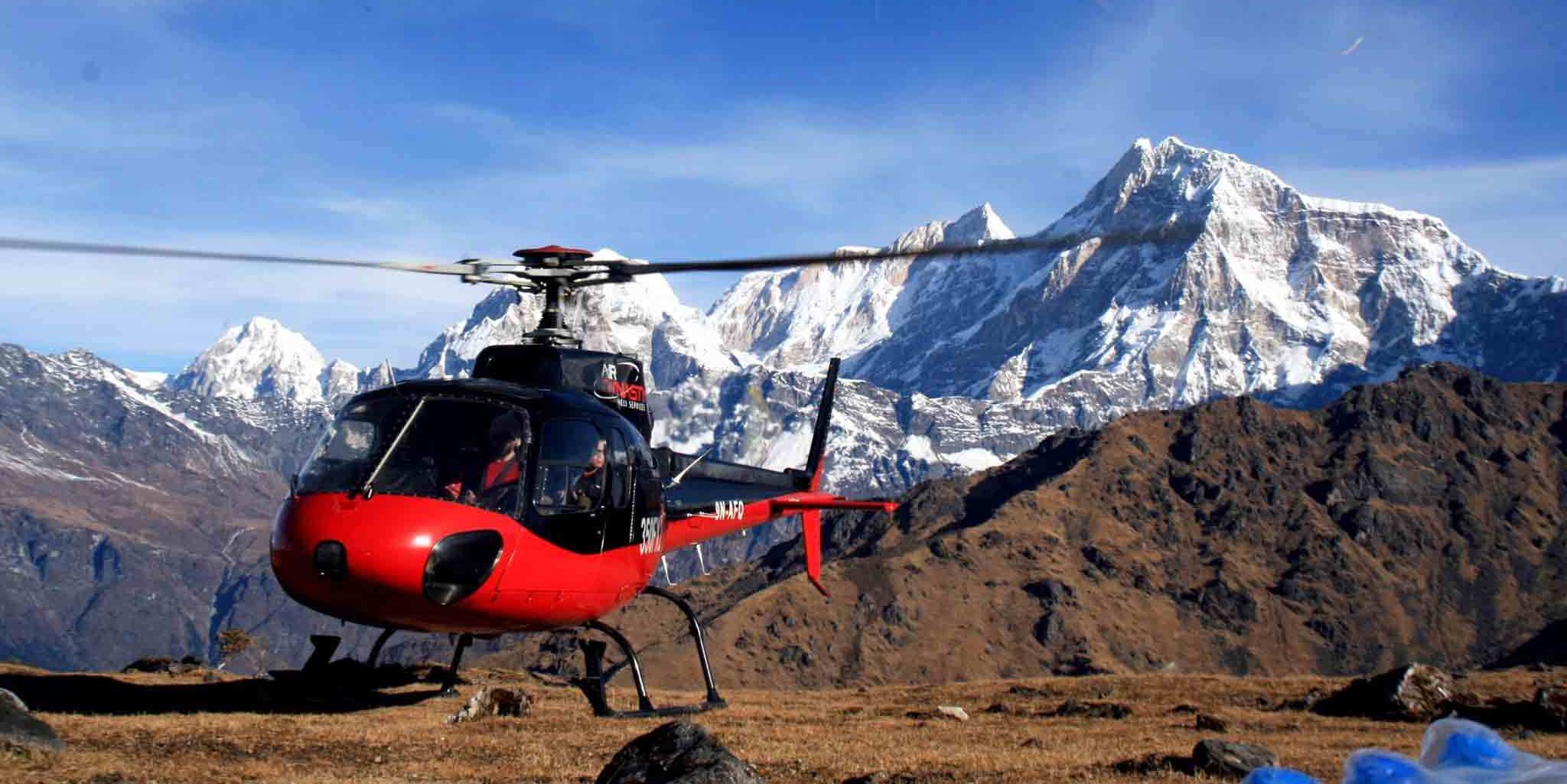
Key Features of Medical and Emergency Evacuation Insurance
-
Medical Coverage: This includes expenses for medical treatments, hospital stays, and consultations if you fall ill or get injured during your trip. Given the potential for high treatment costs, especially in foreign countries, this coverage is essential.
-
Emergency Evacuation: This is particularly crucial for treks in remote areas like the Himalayas. If you need to be evacuated due to a medical emergency, the costs can be extremely high, especially if a helicopter evacuation is required. This insurance covers such costs.
-
Emergency Reunification: Some policies also cover the travel costs for a family member to come to your location if you are hospitalised, which can be a significant support during recovery.
-
Repatriation: In severe cases, if you need to be transported back to your home country for medical care or in the unfortunate event of death, repatriation coverage handles these expenses.
-
24/7 Assistance Services: Many insurers provide round-the-clock assistance to help coordinate medical care and evacuation, which is invaluable in emergency situations.
Importance of Medical and Emergency Evacuation Insurance
-
Access to Immediate Care: In emergencies, especially in remote areas, immediate access to medical care can be life-saving. This insurance ensures that financial constraints don't delay emergency responses.
-
Financial Protection: Medical treatments and evacuations can be prohibitively expensive, particularly in remote regions. This insurance shields you from these potentially overwhelming costs.
-
Peace of Mind: Knowing you have coverage for medical emergencies and evacuations allows you to travel with less worry, particularly in areas with limited medical facilities.
Things to Consider
-
Coverage Limits: Understand the maximum coverage limits and ensure they are adequate for potential costs in the region you are travelling to.
-
Exclusions: Be aware of any exclusions in the policy. For example, some policies might not cover certain high-risk activities or pre-existing medical conditions.
- Procedure for Evacuation: Know the process for arranging an evacuation. Some policies require that the insurance provider arrange and approve the evacuation for costs to be covered.
-
Policy Duration: Ensure the insurance covers the entire duration of your trip.
Trip Cancellation and Interruption Insurance
Trip cancellation and interruption insurance is a crucial type of travel insurance, especially valuable for travellers who are planning significant investments in their journeys, like those embarking on treks in Nepal. This insurance helps protect against financial losses that can occur when a trip is unexpectedly cancelled or cut short due to a variety of unforeseen reasons. Here's what it typically includes:
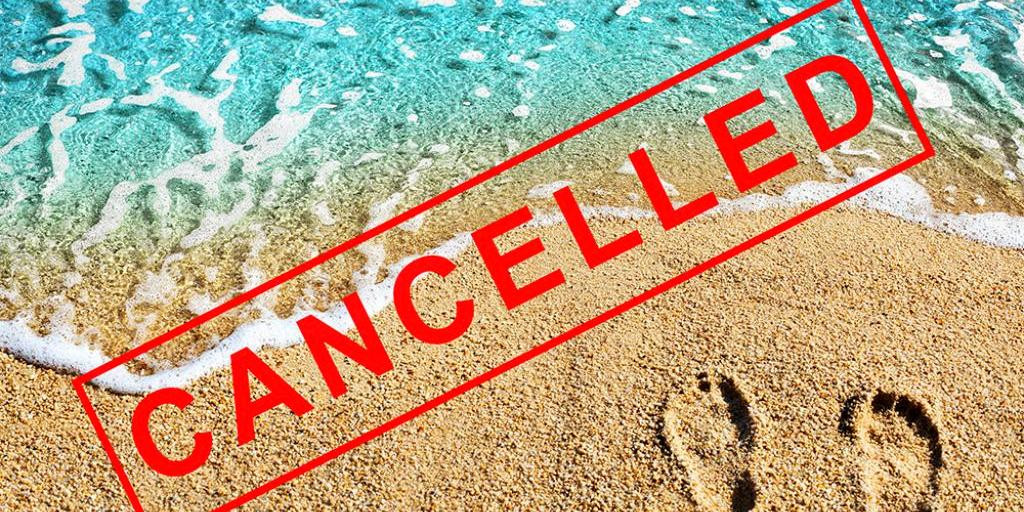
Key Features of Trip Cancellation and Interruption Insurance
-
Trip Cancellation Coverage: This part of the policy covers non-refundable travel expenses if you have to cancel your trip before it begins. Common covered reasons include illness, injury, or death of the traveller or a close family member, natural disasters, or other serious unforeseen circumstances.
-
Trip Interruption Coverage: If you need to cut your trip short and return home after it has started, this coverage reimburses you for the lost portion of the trip and additional costs in returning home early. Similar to cancellation coverage, covered reasons usually include personal or family emergencies, unexpected illness or injury, or other major disruptions.
-
Coverage for Delays: Some policies also include coverage for delays, which can reimburse for additional accommodation, travel, and meal expenses if your trip is delayed due to covered reasons.
-
Covered Expenses: These generally include prepaid, non-refundable expenses such as flights, hotel bookings, tour packages, and other travel-related costs.
Importance of Trip Cancellation and Interruption Insurance
-
Financial Protection: It protects your financial investment in your trip, which can be significant, especially for elaborate treks like those in Nepal.
-
Flexibility and Peace of Mind: Knowing you have this coverage allows you to book your trip with more confidence, reducing worry about losing your entire investment if something unexpected occurs.
-
Adaptability to Unforeseen Events: It offers a safety net in situations that are out of your control, like sudden illness, accidents, or other emergencies.
Things to Consider
-
Coverage Limits and Deductibles: Be aware of the maximum amount that the policy will cover and any deductibles that may apply.
-
Specific Reasons for Cancellation or Interruption: Understand exactly what reasons for cancellation or interruption are covered. Policies usually have a defined list of covered reasons.
-
Exclusions: Familiarise yourself with any exclusions in the policy, such as pre-existing medical conditions or certain types of events or crises.
-
Notification Requirements: Most policies require that you notify the insurer as soon as possible in the event of a cancellation or interruption.
Personal Accident Insurance
Personal accident insurance is an important type of coverage, especially for travellers engaging in activities that carry a higher risk of injury, such as trekking or adventure sports. This insurance provides financial protection in the unfortunate event of an accident leading to injury, disability, or death. Here's an overview of what personal accident insurance typically includes:
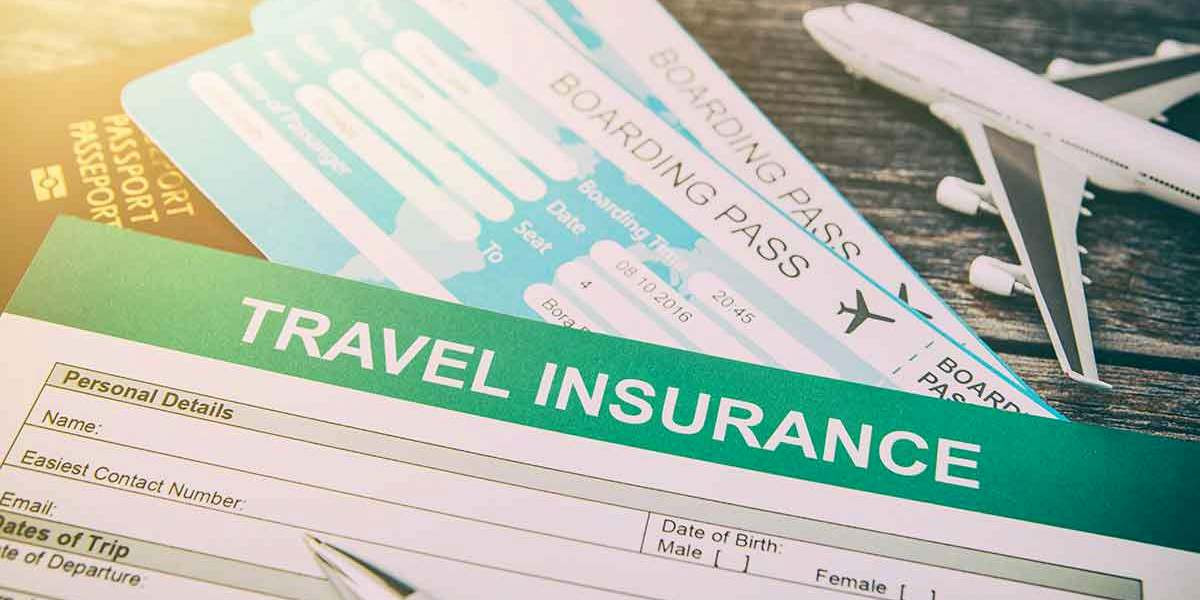
Key Features of Personal Accident Insurance
-
Accidental Death Coverage: In the tragic event of a fatal accident, this insurance pays out a lump sum to the insured person's beneficiaries. It's a crucial financial safety net for family members or dependents.
-
Permanent Disability Coverage: If an accident results in permanent disability, like loss of limbs or eyesight, the policy provides a compensation amount. The extent of coverage can vary depending on the severity of the disability.
-
Temporary Total or Partial Disability: Some policies also offer benefits if the insured person suffers a temporary disability that prevents them from working or carrying out their daily activities.
-
Medical Expenses: This can include coverage for medical treatments resulting from an accident. It may cover hospitalisation, surgery, and other medical expenses incurred due to the accident.
-
Repatriation Coverage: In cases of death or severe injury, some policies cover the cost of repatriating the remains or transporting the injured person to their home country.
The importance of Personal Accident Insurance
-
Financial Security: It provides financial support in the event of serious accidents, helping to cover medical expenses or providing financial aid to dependents.
-
Peace of Mind: Knowing you have this protection can offer peace of mind, especially when engaging in higher-risk activities like trekking in remote areas.
-
Support in Recovery: Financial support can be crucial in aiding recovery or adjustment in the case of disability.
Things to Consider
-
Coverage Limits: Be aware of the maximum payout limits for different types of claims, such as death or various levels of disability.
-
Scope of Activities Covered: Make sure the policy covers the specific activities you plan to engage in. Some high-risk activities might be excluded or require additional coverage.
-
Exclusions: Understand what is not covered. Common exclusions might include accidents caused by pre-existing medical conditions or risky behaviours.
-
Claim Process: Familiarise yourself with the claims process and any required documentation to ensure a smooth process in case you need to file a claim.
Search and Rescue Insurance
Search and rescue insurance is a specific type of coverage that's particularly important for adventurers and travellers engaging in activities in remote or challenging environments, such as trekking, mountaineering, or backcountry skiing. This insurance is designed to cover the costs associated with search and rescue operations should you become lost, injured, or incapacitated in an area where professional rescue services are required to locate and retrieve you. Here’s a detailed look at what it generally entails:
Key Features of Search and Rescue Insurance
-
Rescue Operation Coverage: The primary feature of this insurance is to cover the costs of search and rescue operations conducted by professional organisations, which can be extremely expensive, especially if helicopters or specialised equipment are required.
-
Coverage in Remote Areas: It's particularly important for activities in remote areas where access to standard emergency services is limited and specialised rescue teams may be needed.
-
Various Rescue Scenarios: Coverage can include scenarios such as being lost in the wilderness, injuries that immobilise you, or natural disasters that trap you in an inaccessible location.
Importance of Search and Rescue Insurance
-
Financial Protection: The cost of search and rescue operations can be exorbitant, especially if it involves air rescue or extended search missions. This insurance protects you from these potentially overwhelming costs.
-
Safety Net in Remote Locations: For treks in isolated regions, like many areas in Nepal, having this insurance provides a safety net, ensuring that you can be rescued and brought to safety in case of an emergency.
-
Peace of Mind: Knowing that you have this coverage allows you to focus on your adventure, with the reassurance that in the worst-case scenario, you have support.
Things to Consider
-
Coverage Limits: Understand the limits of how much the policy will cover for a search and rescue operation. Ensure that the limits are realistic for the costs in the region you are exploring.
-
Exclusions and Conditions: Be aware of any exclusions or specific conditions under which the insurance is valid. Some policies might not cover certain high-risk activities or scenarios.
-
Geographical Coverage: Ensure that the insurance covers the specific areas where you will be travelling. Some policies may have geographical limitations.
-
Coordination with Local Authorities: In some regions, search and rescue operations are coordinated through local authorities. It’s important to know how your insurance interacts with these local systems.
Repatriation Insurance
Repatriation insurance is a crucial aspect of travel insurance, particularly for travellers and adventurers who are far from home or in remote locations. It covers the expenses and logistics associated with returning an individual to their home country following a serious illness, injury, or, in the most unfortunate cases, death. Here's a detailed overview of repatriation insurance:

Key Features of Repatriation Insurance
-
Medical Repatriation: In the event of a severe illness or injury where ongoing treatment is necessary, this insurance covers the costs of transporting the insured back to their home country. This can include air ambulance services, medical escorts, and any necessary special accommodations for the return journey.
-
Repatriation of Remains: In the tragic event of death, repatriation insurance covers the costs and logistical arrangements needed to transport the deceased's remains back to their home country. This can be a complex process, involving legal, logistical, and cultural considerations.
-
Support and Coordination: The insurance typically includes assistance services that help in coordinating the repatriation process and navigating the bureaucratic and logistical challenges that can arise, especially in international contexts.
Importance of Repatriation Insurance
-
Financial Protection: The cost of medical repatriation and repatriation of remains can be exorbitantly high, particularly if specialised transport (like an air ambulance) is required. This insurance protects individuals and their families from these significant expenses.
-
Peace of Mind: For travellers, especially those going to remote or high-risk areas, knowing that they have coverage for repatriation brings peace of mind.
-
Cultural and Legal Considerations: Repatriating remains involves navigating complex legal and cultural protocols, which can be daunting, especially in a state of grief. Insurance providers offer expertise and support in managing these aspects.
Things to Consider
-
Coverage Limitations: Understand the limits of the coverage and what exactly is included. Some policies may have caps on the amount they will pay for repatriation services.
-
Geographical Coverage: Ensure that the policy covers repatriation from the specific areas you are traveling to.
-
Exclusions: Be aware of any situations or conditions that might not be covered by the policy.
-
Coordination with Health Insurance: If you have separate health insurance, understand how it interacts with repatriation coverage, particularly for medical repatriation.
Baggage and Personal Belongings Insurance
Baggage and Personal Belongings Insurance is a key component of a comprehensive travel insurance policy, offering protection for your luggage and personal items while travelling. This insurance is particularly valuable for trekkers and travellers who carry essential and often expensive gear with them. Here’s an overview of what this type of insurance typically includes:
Key Features of Baggage and Personal Belongings Insurance
-
Loss, theft, or damage: This insurance covers the loss, theft, or damage of your personal belongings during your trip. This can include items like clothing, electronics, trekking gear, and other valuables.
-
Reimbursement for Essentials: If your baggage is delayed or lost by an airline, many policies provide a certain amount to cover the cost of essential items like toiletries and clothes until your baggage is returned.
-
Coverage Limits: Policies usually have a maximum limit for claims, which can be per item and/or total claim. High-value items like cameras or laptops may need additional coverage or a special rider.
-
Documentation Requirements: For claims, insurers usually require documentation such as purchase receipts, police reports (in case of theft), and proof of airline or transport carrier liability.
Importance of Baggage and Personal Belongings Insurance
-
Protection of Investment: Travellers often carry expensive items necessary for their trip, and replacing these items can be costly. This insurance helps protect that investment.
-
Peace of Mind: Knowing your belongings are insured allows you to travel with less worry, particularly in unfamiliar or crowded destinations where the risk of theft or loss might be higher.
-
Convenience in Emergencies: If your baggage is lost or delayed, having coverage to purchase essential items can significantly alleviate stress and inconvenience.
Things to Consider
-
Valuables and Special Items: Check if high-value items are covered and understand the limits. You might need additional coverage for expensive gear.
-
Exclusions and Limitations: Understand what is not covered. Some policies have exclusions for certain items or situations.
-
Claim Process: Familiarise yourself with the claim process, including what documentation is needed and the timeframe for filing a claim.
-
Deductibles: Some policies may have a deductible that you need to pay out-of-pocket before the insurance coverage kicks in.
Personal Liability Insurance
Personal liability insurance is an important component of a comprehensive travel insurance policy, providing coverage in the event that you are legally responsible for causing injury to someone or damaging their property. This type of insurance is particularly crucial for travellers, as accidents can happen and being in a foreign country can complicate legal and financial matters. Here’s what you should know about personal liability insurance:
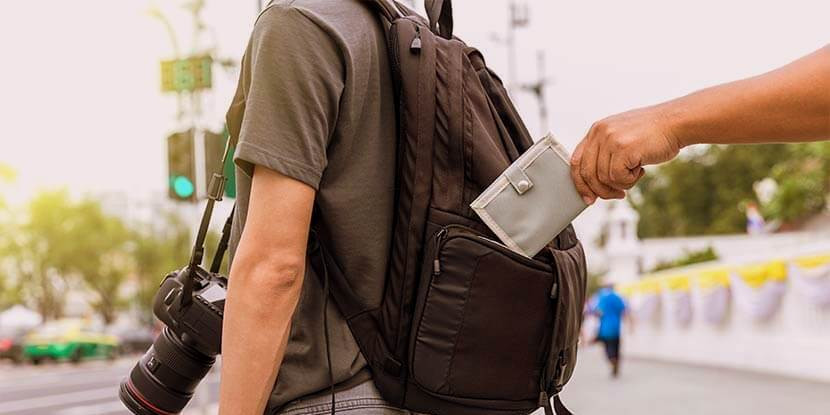
Key Features of Personal Liability Insurance
-
Injury to Others: If you accidentally injure someone during your trip, this insurance can cover legal liabilities, including legal fees and the injured party's medical expenses or compensation claims.
-
Property Damage: This covers you if you accidentally damage someone else's property. For example, if you inadvertently cause damage to a hotel room or someone's personal belongings,
-
Legal Defense Costs: In the case of a legal claim against you for liability, this insurance can cover the costs associated with legal defense.
-
Coverage Limits: Like other insurance types, personal liability insurance has coverage limits. It’s essential to know these limits and ensure they are adequate for potential liabilities.
Importance of Personal Liability Insurance
-
Financial Protection: The costs associated with personal liability, especially if it involves injury or significant property damage, can be substantial. This insurance protects you from these potential financial burdens.
-
Legal Protection: In the event of a legal claim, having insurance support can be invaluable, especially in navigating legal systems in foreign countries.
-
Peace of Mind: It offers peace of mind knowing that if an accident occurs where you are at fault, you have a level of protection against financial and legal consequences.
Things to Consider
-
Policy Exclusions: Understand what is not covered by the policy. Common exclusions might include intentional damage, damage or injury related to certain high-risk activities, or situations where alcohol or drugs are involved.
- Coverage Territory: Make sure the insurance covers you in the countries you will be visiting. Some policies may have geographical restrictions.
-
Claim Process: Familiarize yourself with the process of filing a claim, including the necessary documentation and timeframes.
-
Deductibles: Check if there is a deductible that you need to pay before the insurance coverage takes effect.
General Travel Insurance
General Travel Insurance is a comprehensive form of insurance designed to cover a variety of potential issues and challenges that travelers might face while on a trip. This type of insurance is particularly important for international travelers, as it can provide peace of mind and financial protection against unexpected events. Here's a breakdown of what General Travel Insurance typically covers:
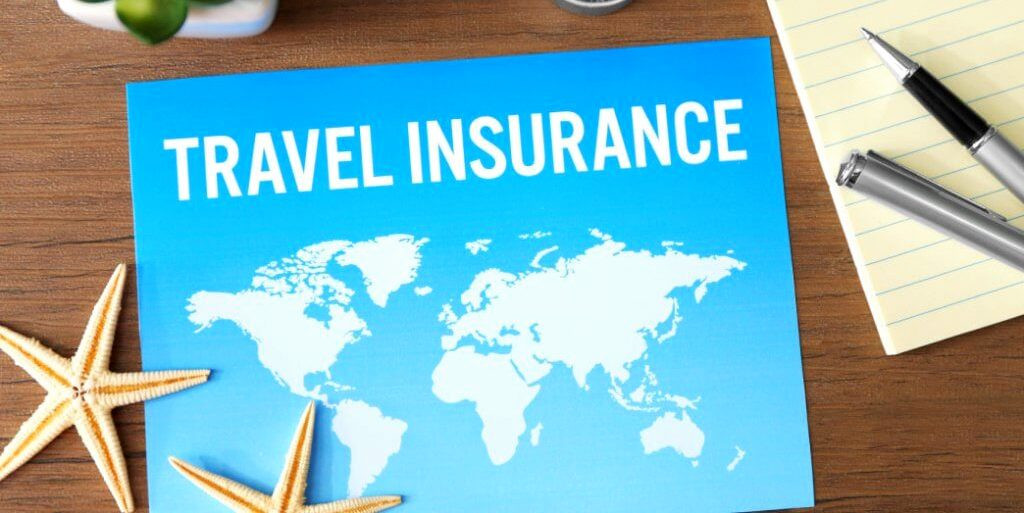
Key Features of General Travel Insurance
-
Trip Cancellation and Interruption: This covers non-refundable expenses if you need to cancel or cut short your trip due to unforeseen events like illness, a family emergency, or severe weather.
-
Medical Expenses: Covers costs of medical treatment if you fall ill or get injured while traveling. This is crucial for international travel, where your domestic health insurance may not provide coverage.
-
Emergency Evacuation and Repatriation: This includes emergency medical evacuation to the nearest adequate medical facility and, if necessary, reptriation back to your home country.
-
Baggage and Personal Belongings: Covers loss, theft, or damage to your luggage and personal items during your trip.
-
Personal Liability: Provides coverage if you are legally liable for injuring someone or causing damage to property while traveling.
-
Travel Delays and Missed Connections: Reimburses for additional accommodation and travel expenses incurred due to delayed flights or missed connections.
-
24/7 Assistance Services: Most policies offer round-the-clock assistance to help with emergencies, lost documents, legal issues, and other travel-related concerns.
Importance of General Travel Insurance
-
Financial Protection: Travel involves significant financial investment, and this insurance protects against losses from unforeseen circumstances.
-
Health and Safety: It ensures that you can access and afford medical care while abroad, which is vital in emergencies.
-
Peace of Mind: Knowing you're covered for a wide range of potential problems allows you to travel with less worry and more enjoyment.
Things to Consider
-
Coverage Limits and Exclusions: Understand the coverage limits for each aspect of the policy and be aware of any exclusions, such as pre-existing medical conditions or high-risk activities.
-
Destination Specifics: Ensure the policy is valid in all destinations you plan to visit, especially if traveling to remote or high-risk areas.
-
Policy Duration: Make sure the insurance covers the entire duration of your trip.
-
Claims Process: Familiarize yourself with the process for filing claims, including required documentation and timeframes.
To sum up, getting the appropriate insurance for trekking in Nepal is a crucial step in getting ready for your Himalayan journey. Adequate insurance coverage is crucial for trekkers due to the distinct risks presented by isolated locations, high elevations, and unexpected weather patterns. High-altitude activities, emergency evacuation and rescue services, medical costs, trip cancellations, and personal items should all be covered under a comprehensive insurance policy. It's not only about following hiking rules and being ready for the worst; it's also about having peace of mind, knowing that you are shielded from unanticipated occurrences that might happen in such demanding conditions.
It's important to read the fine print and comprehend the details of the coverage, including any exclusions or limits, before choosing an insurance policy. Regardless matter whether you are trekking to Everest Base Camp, the Annapurna Circuit, or any other place in Nepal, policies should be customized to the altitude and kind of your particular journey. Important considerations should also be given to the insurance provider's dependability, expertise with claims about hiking, and response in an emergency.
Having the proper insurance in place before you set out on this amazing adventure through some of the most breathtaking landscapes on Earth gives you the peace of mind to concentrate on the beauty and excitement of the trek, knowing that you are well-prepared for any obstacles that may emerge. Remember that having enough insurance is essential to sensible trekking at high altitudes, not just a safety precaution.
FAQs for Insurance for Trekking in Nepal
Q. Why do I need insurance for trekking in Nepal?
A. Trekking in Nepal often involves high altitudes and remote locations. Insurance is crucial for covering unexpected medical issues, including altitude sickness, injuries, emergency evacuation, and other unforeseen circumstances like trip cancellations.
Q. What should trekking insurance in Nepal cover?
A. Your policy should include high-altitude coverage, emergency evacuation and helicopter rescue, medical and hospitalisation cover, trip cancellation and interruption, repatriation, personal liability, and coverage for baggage and personal effects.
Q. Is high-altitude coverage necessary in trekking insurance?
A. Absolutely. Many treks in Nepal, such as Everest Base Camp or Annapurna Circuit, reach elevations where altitude sickness is a risk. Ensure your policy covers activities up to the maximum altitude you plan to trek.
Q. How does emergency evacuation work, and why is it important?
A. In remote areas of Nepal, the only way to access medical care quickly in an emergency (like severe altitude sickness) is often by helicopter. This service is extremely costly, so having insurance to cover these costs is essential.
Q. Are there any specific insurance recommendations for popular treks like Everest Base Camp or Annapurna Circuit?
A. Look for policies that specifically mention coverage for these treks, as they have unique challenges and altitudes. Policies should cover the specific altitude of your trek and any related activities.
Q. Can I get insurance coverage for altitude sickness?
A. Yes, make sure your trekking insurance includes coverage for altitude sickness, as it is a common issue during high-altitude treks in Nepal.
Q. What about coverage for personal belongings and equipment?
A. Insurance should cover loss, theft, or damage to your personal belongings and trekking equipment. Check the policy for specific coverage limits and conditions.
Q. Should I get a separate travel insurance policy if I’m doing other activities in Nepal?
A. If you plan to engage in activities other than trekking, such as rafting or bungee jumping, ensure your policy covers these. Some adventure activities might require additional or specialised coverage.
Q. How do I choose the right insurance provider for trekking in Nepal?
A. Look for a provider with a good reputation and reviews, especially from trekkers who have been to Nepal. Check their claim process, customer service, and emergency assistance capabilities.
Q. Can I purchase trekking insurance after arriving in Nepal?
A. It’s advisable to purchase insurance before you travel. While some policies might be available after arrival, options may be limited and more expensive.
Q. What information do I need to provide to get trekking insurance?
A. You'll likely need to provide personal information, details of your trek (including altitude), the length of your stay, and any pre-existing medical conditions.
Q. How do I claim my trekking insurance?
A. Keep all receipts and documentation of any incidents. Contact your insurance provider as soon as possible to notify them of the claim and follow their specific process for submitting claims.
For detail on Nepal Tour.
If you are looking for different kinds of Nepal Packages, feel free to contact us.
